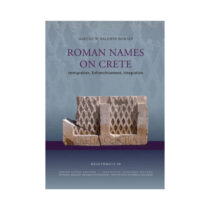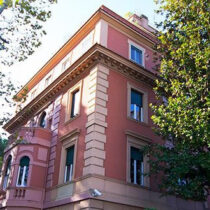The Argos excavations, carried out by the French School of Archaeology, although less impressive in their finds than the excavations in Delphi and on the island of Delos, are equally important. The reason is that the finds of an excavated sanctuary usually do not provide us with information on the structure of a society in the same way as the finds of an entire city like Argos, which has been inhabited continuously since the end of the 3rd millenium BC. The case of Argos is exceptionally interesting because, in spite of all the invasions, foreign occupations and destructions the town underwent, it has not ceased to develop. Since 1960 however, the antiquities of Argos have been put at risk by increased building activity. This situation, that has become an emergency, forced the French School of Archaeology and the Greek Archaeological Service to undertake a common operation for the rescue of the town. They started a close collaboration on answering questions and exchanging information relating to the ancient town, resulting in better handling of town-planning problems and the formation of valid proposals pursuing the harmonic coexistence of the modern and the ancient town, These proposals can be summarized as follows: A zone of antiquities should be outlined, in which the hills of Aspis and Larissa will be included, as well as the area around the ancient theatre and the Roman baths. The area could form an archaeological park in the crowded town centre. Argos should expand north-eastwards. Last, but not least, special attention should be paid to the remaining buildings that date back to Capodistrias. These can only be preserved if the state incorporates the original function of such premises in the life of the modern town. In areas with protected buildings new edifices can be allowed under the strict condition that their form and appearance should be in harmony with the old ones. The above proposals do not seek to transform Argos into a museum-town, rather to help, so that Argos, along with development, retains its exceptional cultural character.
Argos: A 3000 Year Old Modern Town is endangered
27 Jul 2012
by Archaeology Newsroom
- A
- A
- A


